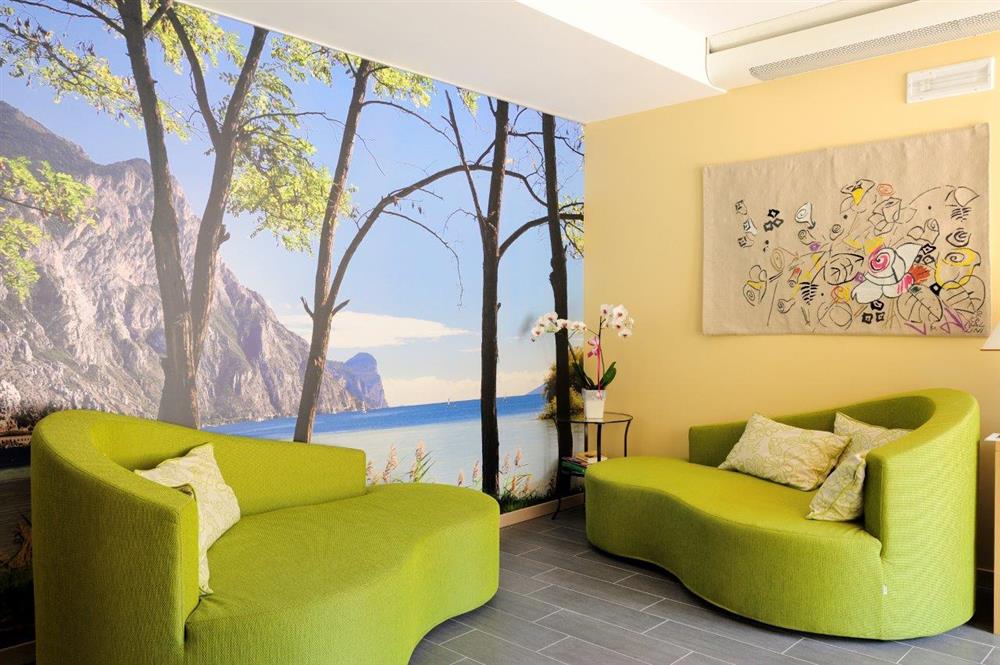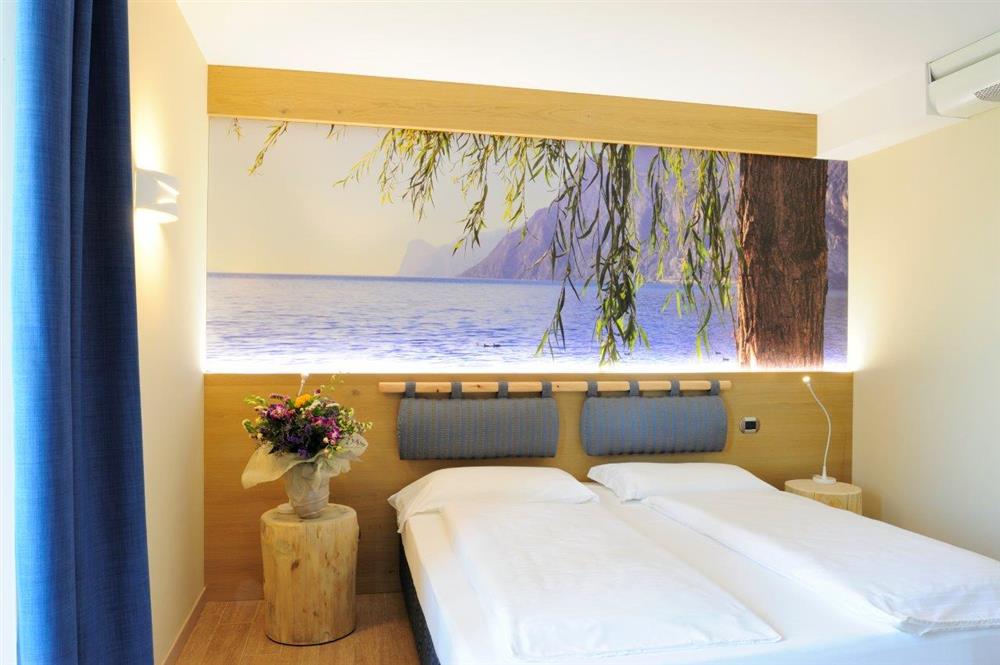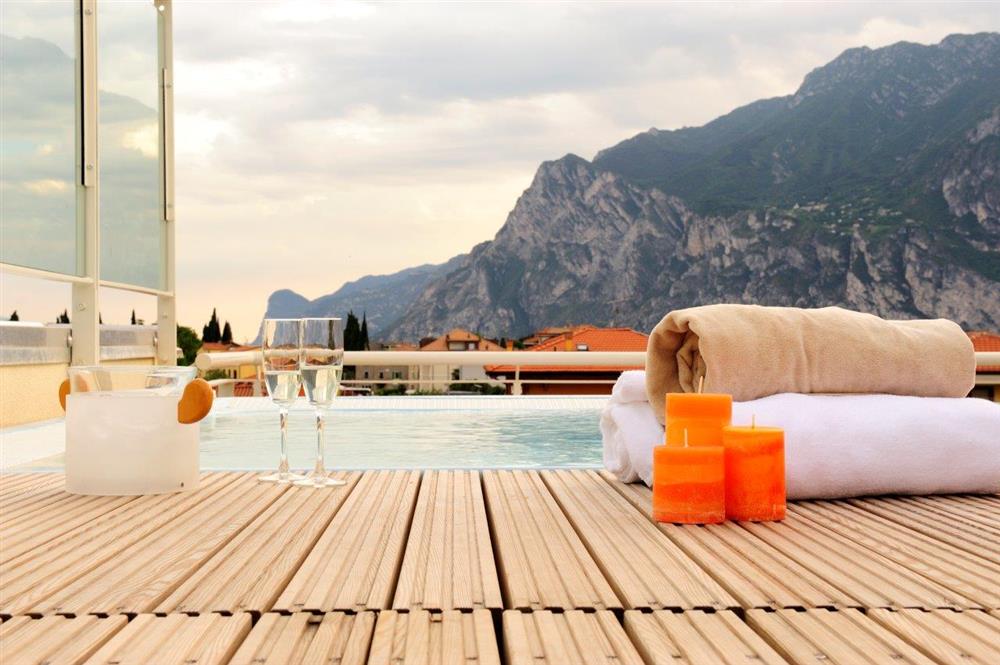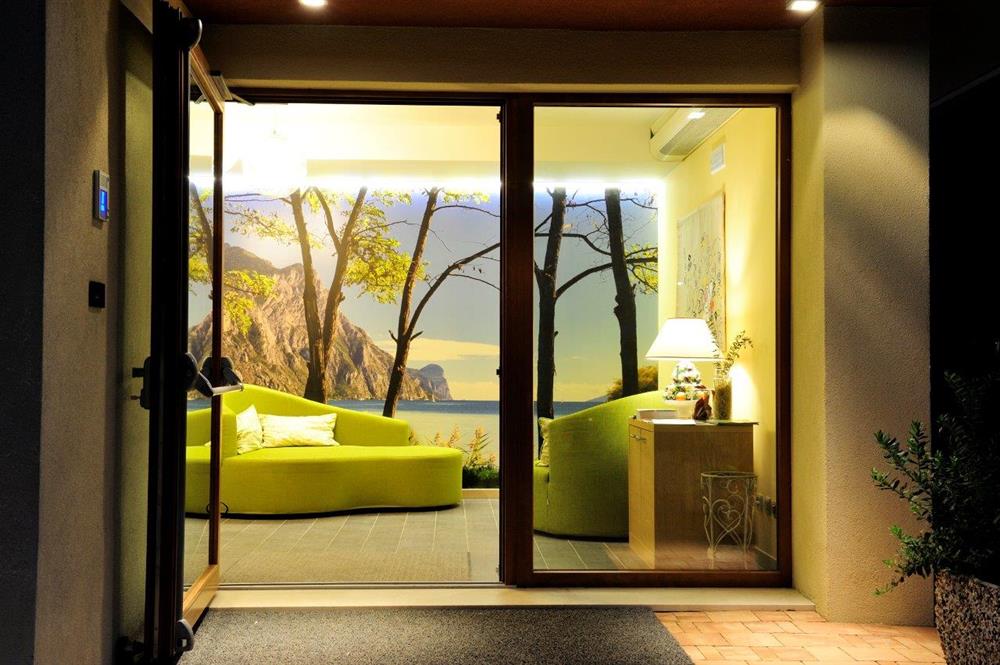EcoHotel Bonapace gets the crown for best passive house hotel
The first passive house hotel in Italy, the second in the World, is completely built in timber according to the standards established by ARCA.
Only one euro per square meter to heat the hotel in winter and cool it down in summer. Its solar panels and the geothermal heating system that exploits the underground water make the hotel almost completely energy self-sufficient. The Eco Hotel Bonapace in Nago Torbole is the first passive house hotel in Italy.
A new lifestyle… And a new building style
The hotel is a tourist facility with 20 rooms and half-board service. It is built in wood by using X-Lam panels and its high energy performances are due to particular insulation cells made in recycled material, low-emission triple pane windows with double chamber, and an excellent exploitation of solar radiation.
«I’ve been working as an architect for ten years and I’ve always been fascinated by the idea of using timber as building material, since I believe that timber is the future. Therefore, it was important to be among the first to use it» explains Arrigo Jacobitti who, before stepping into this new sustainable adventure, managed for some years together with his wife the family hotel that they had in Madonna di Campiglio. «We are talking about a brand-new system; we don’t even need to be connected to the gas network. It’s a completely new lifestyle» adds Arrigo’s wife.
Designed and built by Armalab, a company that has its headquarters at the BIC of Trentino Sviluppo in Pergine Valsugana, the Eco Hotel Garnì Bonapace in Torbole sul Garda turned energy efficiency and sustainability in the building process into its main assets.
The whole supporting structure is in timber, with walls and balconies in X-Lam timber panels and floors in lamellar beams. Everything is certified by PEFC, which guarantees the sustainable management of the woods affected by the timber production. Finally, the exterior of the hotel is clad in larch wood.
Particular attention was paid to the creation of an efficient casing to the building that could avoid the presence of thermal bridges. This goal was achieved by installing passive windows with low-emission triple pan glasses and connection methods that minimize air loss.




Statistics worthy of a champion
The energy consumption for the production of hot water is reduced to a minimum thanks to the use of 14 square meters of high efficiency solar panels with vacuum sealed solar tubes. This system meets 50% of the total hot-water demand of the building, while the remaining 50% is provided by the geothermal heat pump that uses the groundwater of Lake Garda placed only 2.5 meters below ground level.
Starting from next year, the installation of a 10 KW/h photovoltaic system will grant the almost complete self-sufficiency of the building in terms of electricity.
Besides, in order to maximize the energy efficiency of the building and provide a comfortable stay to the hotel guests, particular attention was paid also to the simulation of solar radiation in the hotel during the entire year.
The final result is that the building requires only 13 kW/h per square meter for heating, which corresponds to 680 euros on a yearly basis, while 11 kW/h per square meter are required for cooling down the hotel, which corresponds to 500 euros per year. The costs are about 10% higher than those of a class B building, but the difference will be covered in four years thanks to the savings made in the water, light, and gas bills.
Certified quality
All these features are guaranteed by different quality certification systems. As a matter of fact, this building is the first in Italy and the second worldwide to receive the certification issued by the Passivhaus Institut of Damstadt, and it has also been granted a pre-certificate of quality by CasaClima-ClimaHotel Gold and the ARCA Platinum certification system.
ARCA is a certification system designed in Trentino and it’s the first system in Italy that focuses completely on timber buildings. This certification doesn’t guarantee only the energy performances of the building, but it takes into consideration also other factors such as its acoustic insulation, its earthquake and fire resistance, and its low environmental impact made possible by the use of natural and local materials.